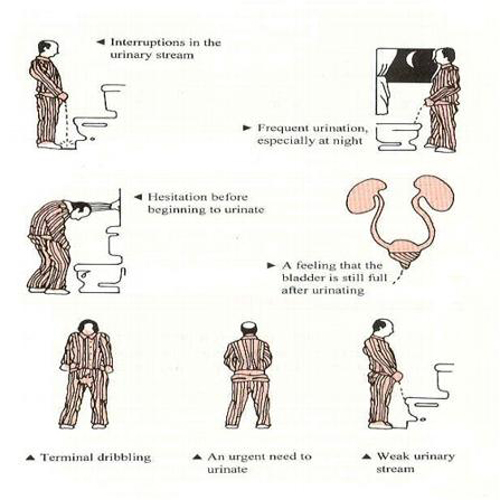
When you have prostate cancer, your doctor may suggest doing surgery. one such surgery could be the robotic prostate surgery, which is a pretty new surgical process (it gained FDA approval in 2001) but like the other types of robotic surgery, robotic prostate surgery is gaining popularity quickly.
In 1989, Computer Motion was the first business to get their feet wet in the robotic surgery field. Near the end of 1993, they had released the Aesop robotic system. it wasn’t all that successful because to control it, users had to work the foot pedals. despite being an effective surgical method, surgeons couldn’t really use the pedals to do the surgery.
Three years later, the Aesop 2000 was released, which was a voice controlled system. in 1998, the Aesop 3000 was introduced to the market. Within no time, thousands of operations were being done with the help of the Aesop robotic systems.
Around the same time, another robotic developer came on the market; this was Intuitive Surgical. This company uses technology that’s been developed by researchers at the Stanford Research Institute and collaborated with partners such as:
- Johnson & Johnson- MIT- IBM- Olympus Optical
Of course, these are just some of the many other companies that helped to advance robotic technology.
The company created the da Vinci® Surgical system, which got FDA approval in 1997. in mid 2000, the company pioneered the first laparoscopic robotic surgical system. This device is controlled by hand using a 3D vision system. it became the industry’s leading tool but the company eventually found itself in legal trouble over patient rights infringements.
The battle was lengthy but it ended with Intuitive Surgical ended up attaining Computer Motion in 2003. That means Intuitive Surgical is the leading provider of robotic surgery equipment
Here’s a look at the da Vinci® Surgical system
The da Vinci® Surgical system is compromised of four parts:
1 – Surgeon’s Console
This surgeon will sit at the console, which is situated on one side of the operating room. From it, he can view the operating site using the 3D viewing system. He’ll hand operate the instruments with an extreme measure of precision using the remote control on the console.
2 – Patient-side Cart
Basically this is the robot, which stands next to the operating table and uses a varying number of transposable operating arms that will carry the instruments needed for that operation along with an endoscope arm that allows a surgeon to see the operation site. An assistant is always on hand to change instruments when called for.
3 – Detachable Instruments
Instrument technology has really paved the way for robotic surgery. Today, there is an array of instruments that can be used along with some degree of manipulation in using those instruments, which makes it so worthwhile.
Endowrist instruments can be detached and swapped out quickly using the quick release levers. it enables surgeons to do the surgery with major precision.
4 – 3D Vision System
The da Vinci® Surgical system uses the 3D vision system so that doctors can use the enhanced 3D images in real-time high resolution magnification. This system gives the surgeon a great view of the operation site, which is even better than any open surgery can give.
A surgeon can do the most fragile surgery using the instruments and robotic arms with an extremely high amount of precision. thus, if you need prostate surgery, your doctor may suggest doing the robotic prostate surgery.